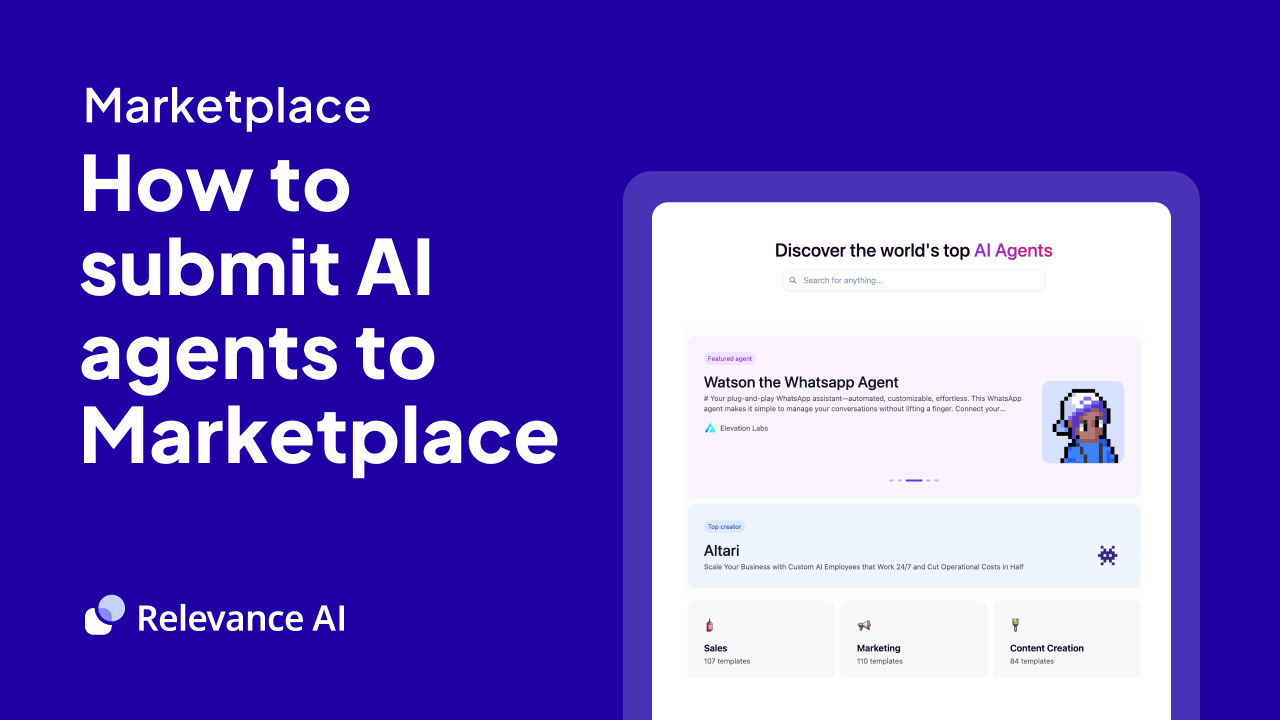Create Notion Block Children
Overview
How to Use Create Notion Block Children
Create Notion Block Children is a powerful automation tool that enables you to add new blocks as children to existing Notion blocks programmatically. This tool streamlines the process of content organization in Notion, making it easier to structure and manage your information hierarchically.
Step-by-Step Guide to Using Create Notion Block Children
1. Set Up Your Authentication
Obtain Your Notion API Key: Before you begin, ensure you have your Notion API key ready. This key is essential for authenticating your requests and accessing your Notion workspace programmatically.
2. Identify Your Block Information
Locate Your Block ID: Find the identifier of the Notion block where you want to add child blocks. This is your target parent block.
Optional After Block ID: If you need to insert blocks after a specific block, note down that block's identifier as well.
3. Prepare Your Block Description
Create Your Content Description: Write a detailed description of the blocks you want to add. Include specific information about:
- The type of blocks you want to create
- The content for each block
- Any special properties or formatting
- The desired order of the blocks
4. Execute the Tool
Input Your Parameters: Enter your Notion API key, block ID, and block description into the tool's interface.
Review Generated JSON: The tool will convert your description into a properly formatted JSON object containing your Notion block array.
Confirm and Create: Once the JSON is generated, the tool will automatically execute the API request to create your new blocks in Notion.
Maximizing the Tool's Potential
- Strategic Block Organization: Use the tool to create complex nested structures within your Notion workspace. This is particularly useful for creating templates, organizing documentation, or building knowledge bases.
- Automation Integration: Incorporate this tool into your broader automation workflows. You can use it to automatically generate and organize content based on specific triggers or schedules.
- Content Management: Leverage the tool for bulk operations by describing multiple blocks at once. This can save significant time when setting up new pages or reorganizing existing content.
- Error Prevention: Take advantage of the tool's built-in error handling to ensure your block creation operations are reliable and maintainable. The tool will provide clear feedback if any issues arise during the process.
By mastering Create Notion Block Children, you can significantly enhance your Notion workspace management and create more sophisticated content structures with less manual effort.
How an AI Agent might use this Tool
The Create Notion Block Children tool is a sophisticated solution for AI agents looking to dynamically manage and organize content within Notion workspaces. This tool's ability to programmatically add new blocks to existing Notion pages opens up powerful possibilities for automated content management and documentation.
- Research Documentation Assistant: An AI agent can leverage this tool to automatically document research findings by creating structured hierarchies of information. As the agent processes research data, it can dynamically add new blocks containing key findings, citations, and analytical insights, maintaining a well-organized knowledge base that grows organically with each new discovery.
- Project Management Support: In project management scenarios, an AI agent can use this tool to maintain real-time project documentation. As tasks progress or new requirements emerge, the agent can automatically create new sub-tasks, update status reports, and add relevant notes to existing project blocks, ensuring all stakeholders have access to the latest information.
- Content Organization Specialist: For content management, an AI agent can employ this tool to create sophisticated content hierarchies. Whether organizing meeting notes, structuring educational materials, or building knowledge bases, the agent can intelligently add and organize blocks based on content relationships and logical flow, creating intuitive and navigable information structures.
Top Use Cases for Notion Block Children Creator
- Content Management Powerhouse: The Notion Block Children Creator tool serves as a game-changer for content managers handling complex documentation structures. By programmatically adding child blocks to existing Notion pages, you can automate the creation of structured content hierarchies. This is particularly powerful when managing large-scale documentation projects, where consistent formatting and organization are crucial. For instance, when building out product documentation, you can automatically generate standardized subsections for features, specifications, and user guides, ensuring consistency while saving hours of manual formatting work.
- Knowledge Base Architect: For teams building and maintaining extensive knowledge bases, this tool becomes an indispensable asset in their workflow. Rather than manually creating and organizing multiple levels of information, you can automate the process of building nested content structures. This is especially valuable when setting up training materials or internal wikis, where information needs to be logically organized in parent-child relationships. The tool's ability to add blocks after specific content ensures that new information can be seamlessly integrated into existing documentation without disrupting the established structure.
- Template System Designer: The tool shines brilliantly in the hands of template system designers who need to create and maintain standardized Notion templates at scale. Instead of manually replicating complex block structures across multiple pages, you can automate the process of generating consistent template components. This is particularly useful when creating standardized project templates, meeting notes formats, or client onboarding documents. The ability to programmatically add child blocks ensures that every template maintains the same high-quality structure while significantly reducing the time spent on manual template creation and updates.
Benefits of Create Notion Block Children
- Streamlined Content Organization: The Create Notion Block Children tool revolutionizes how users structure their Notion workspaces. By enabling automated block creation and placement, it eliminates the tedious process of manually adding and organizing content blocks. This automation is particularly valuable for teams and individuals who regularly need to create structured, hierarchical content within their Notion pages.
- Intelligent Content Transformation: One of the tool's most powerful features is its ability to intelligently transform natural language descriptions into properly formatted Notion blocks. Using advanced AI technology, it accurately interprets user descriptions and converts them into the correct JSON format that Notion requires. This eliminates the need for users to understand the technical complexities of Notion's API structure, making content creation more accessible to non-technical users.
- Flexible Content Management: The tool offers exceptional flexibility in content management through its precise block positioning capabilities. With the optional 'after_block_id' parameter, users can specify exactly where new content should be inserted within existing pages. This granular control over content placement, combined with robust error handling and validation, ensures that content is always organized exactly as intended while maintaining the integrity of existing page structures.

















.png/267f7076-70f7-4e5b-b566-cc64939eb422.png)



















